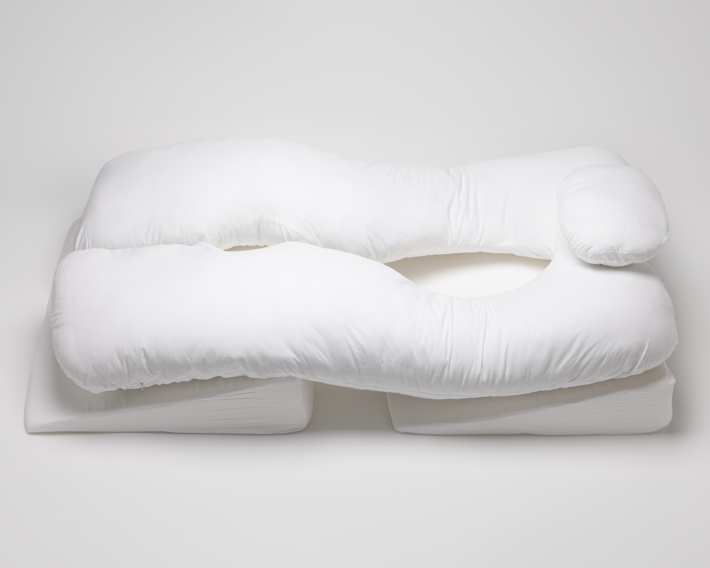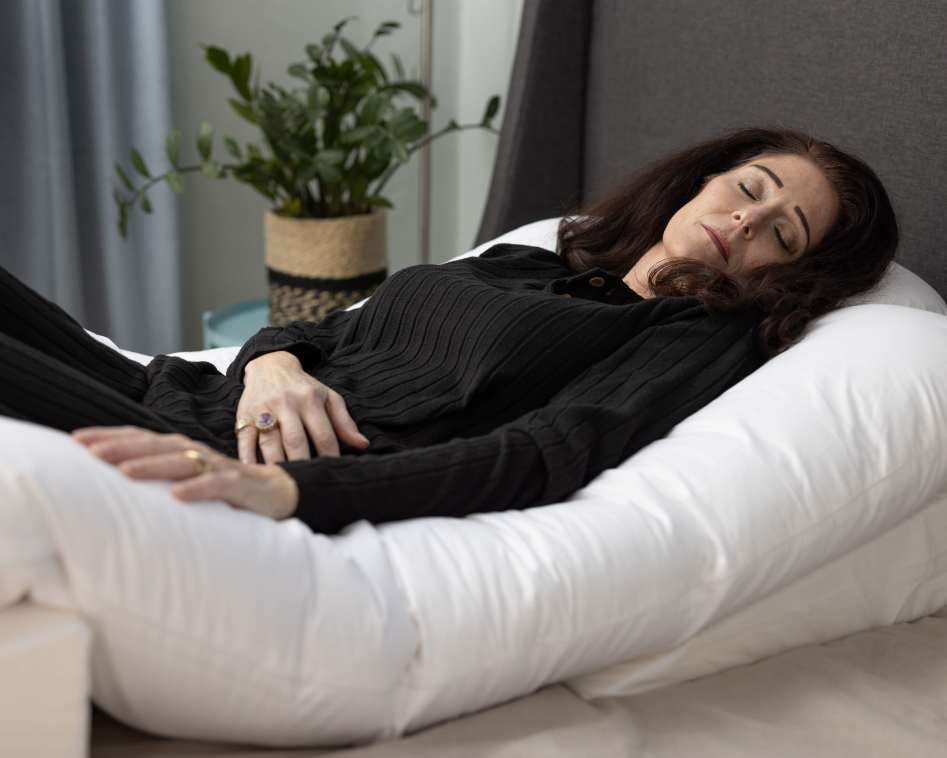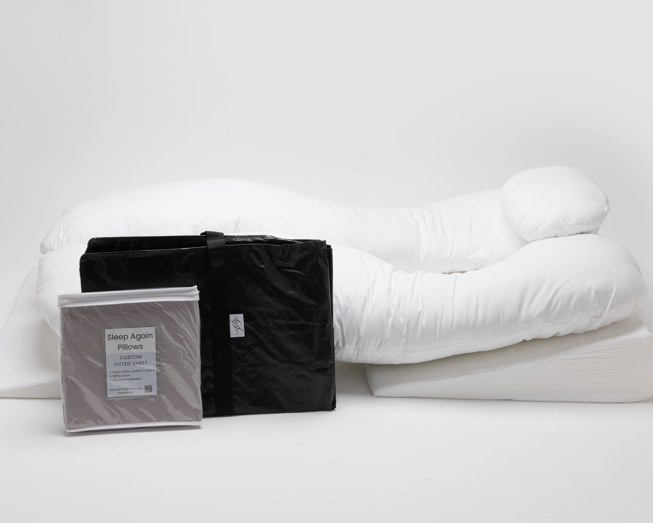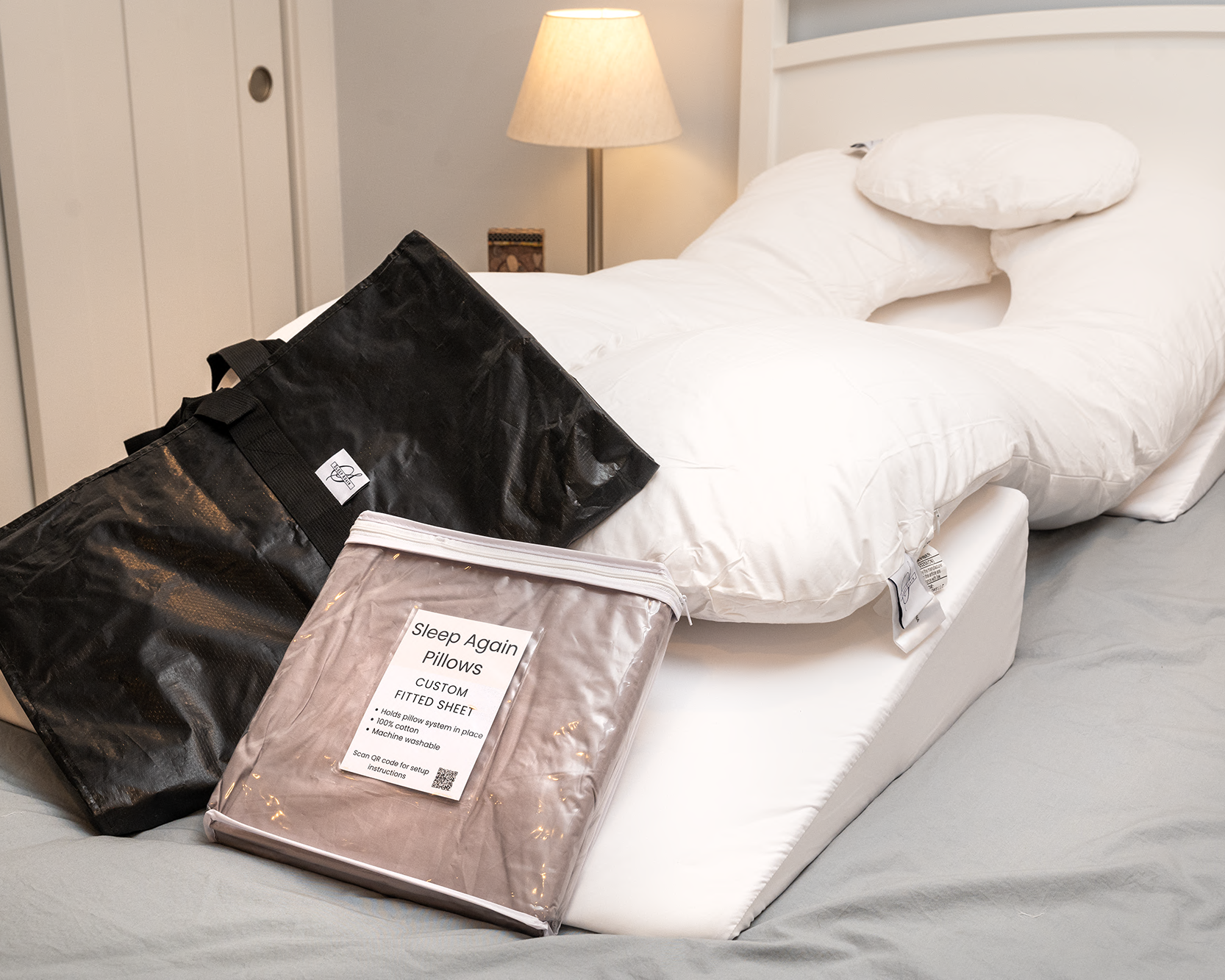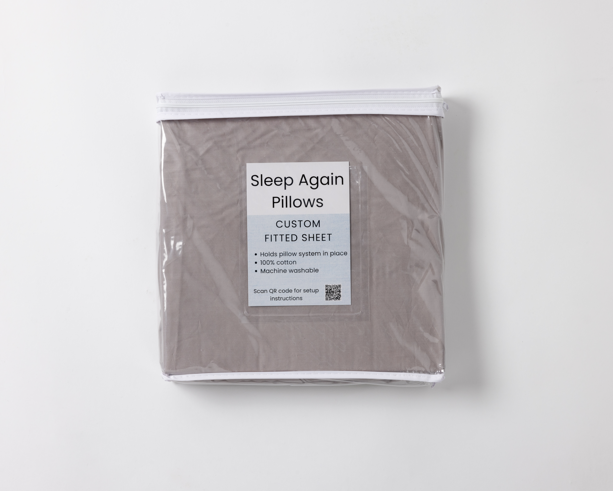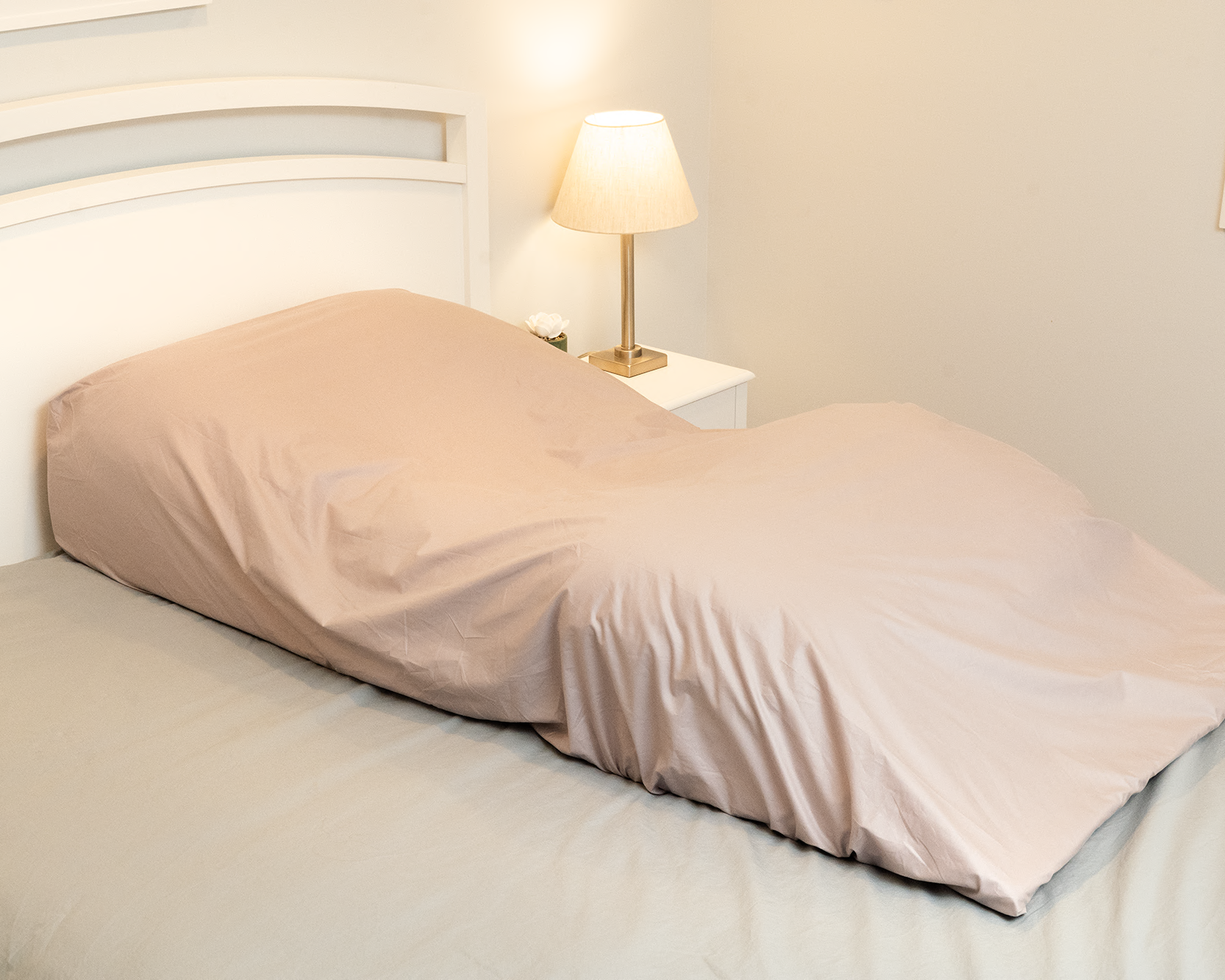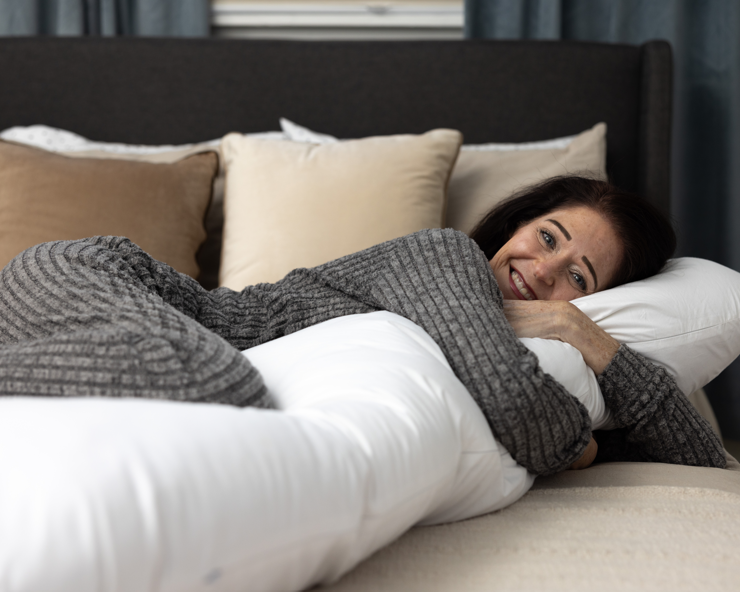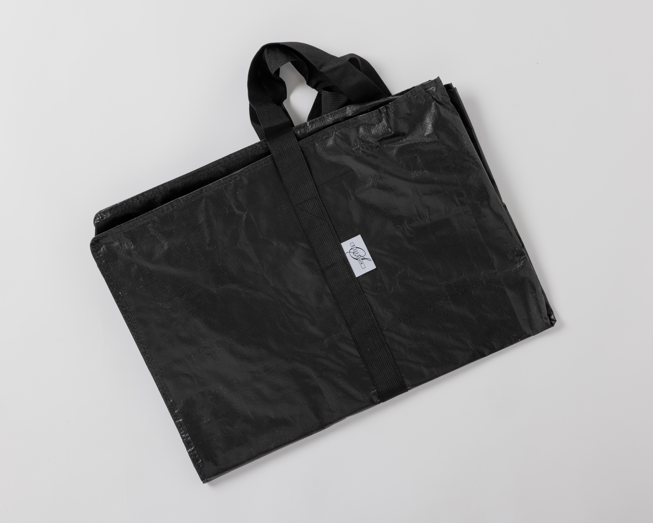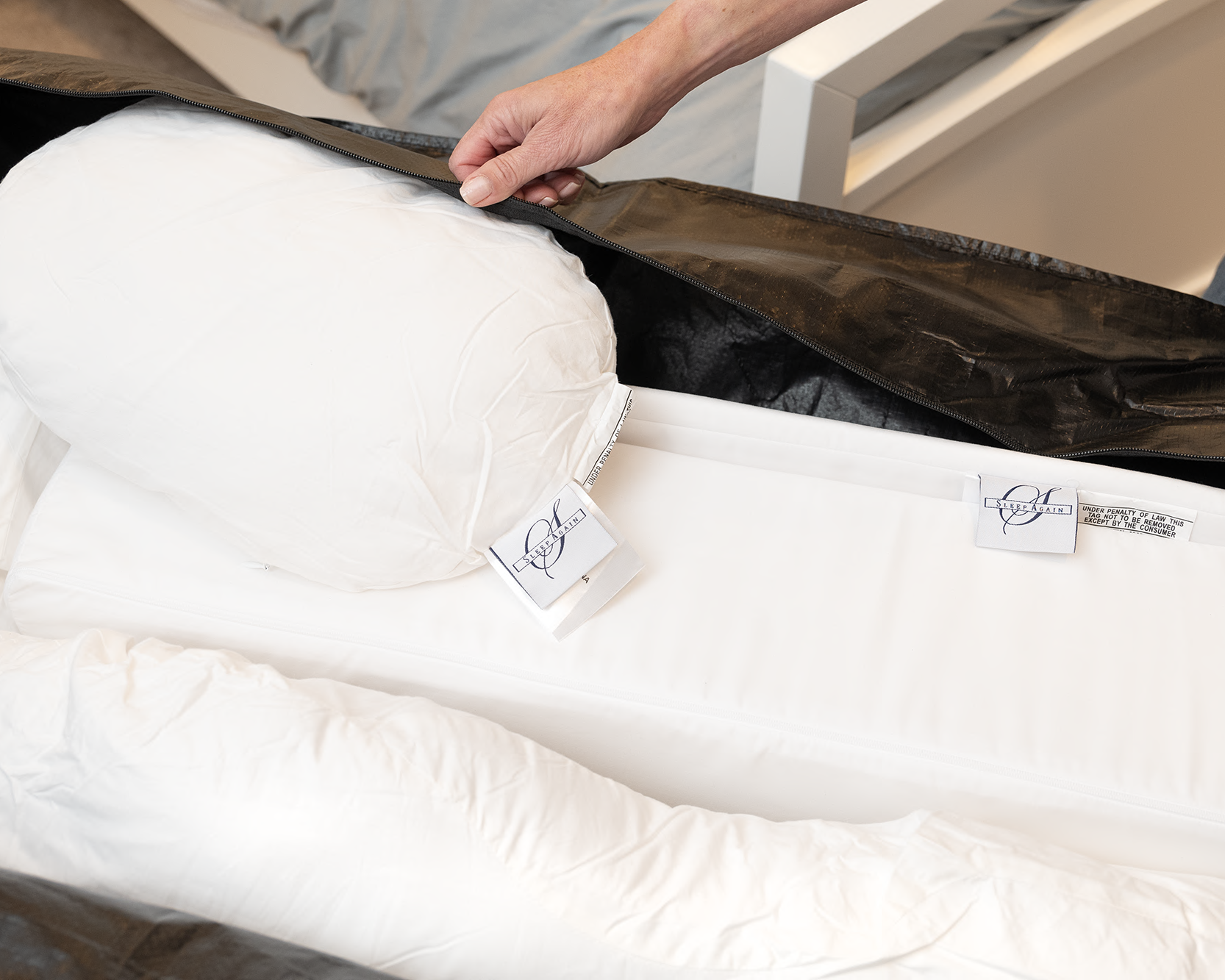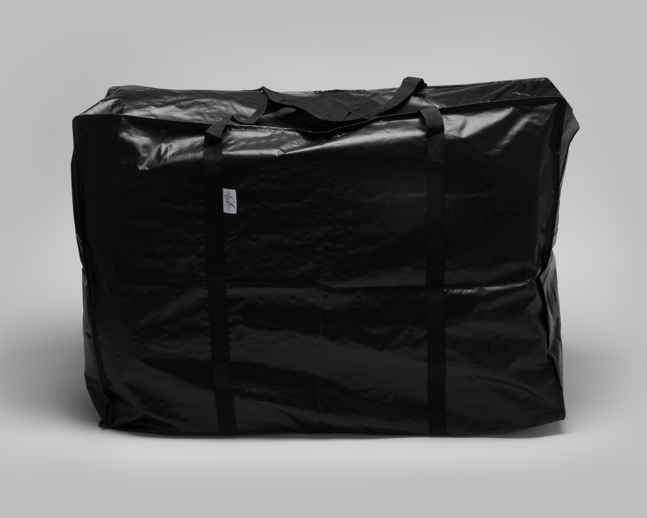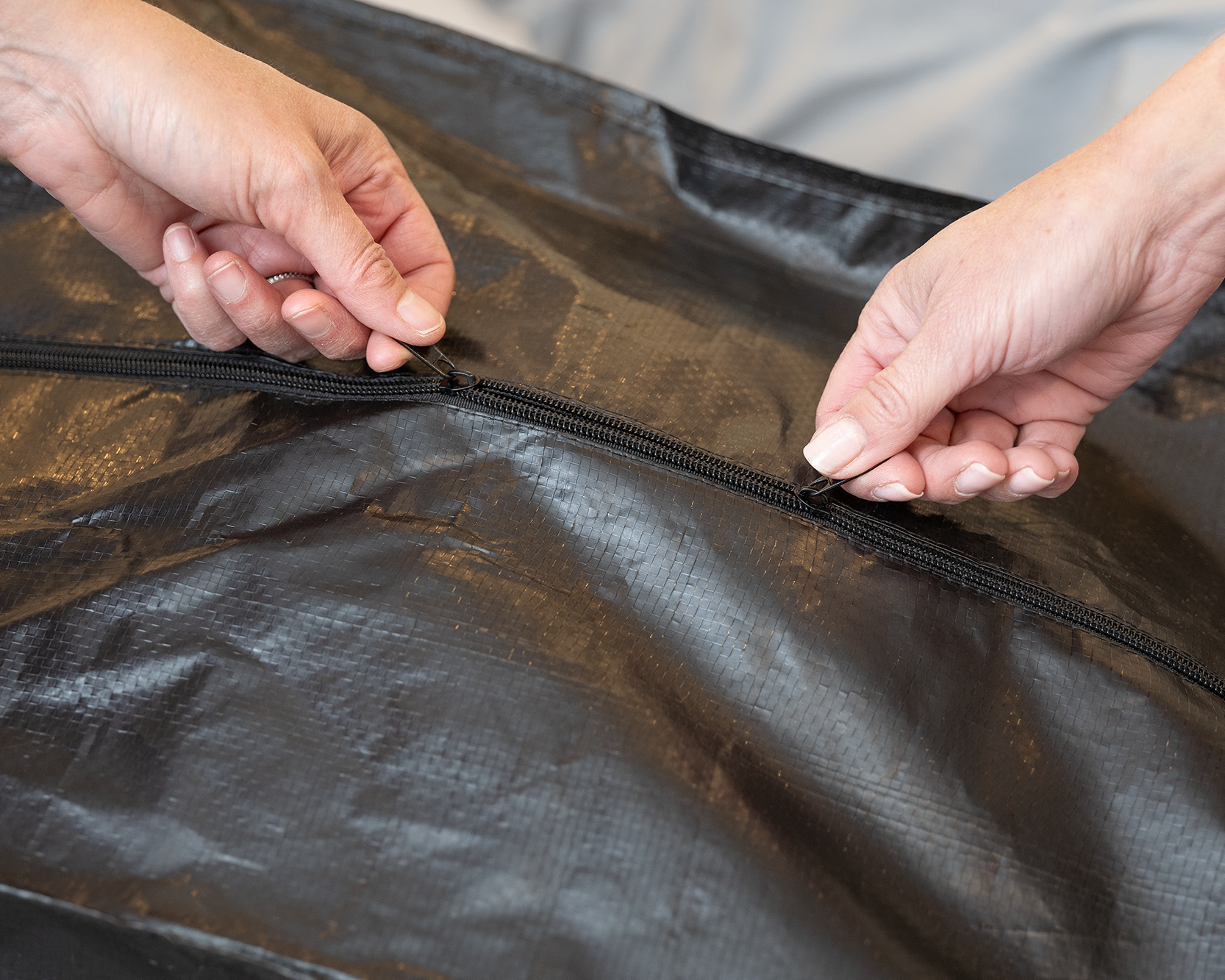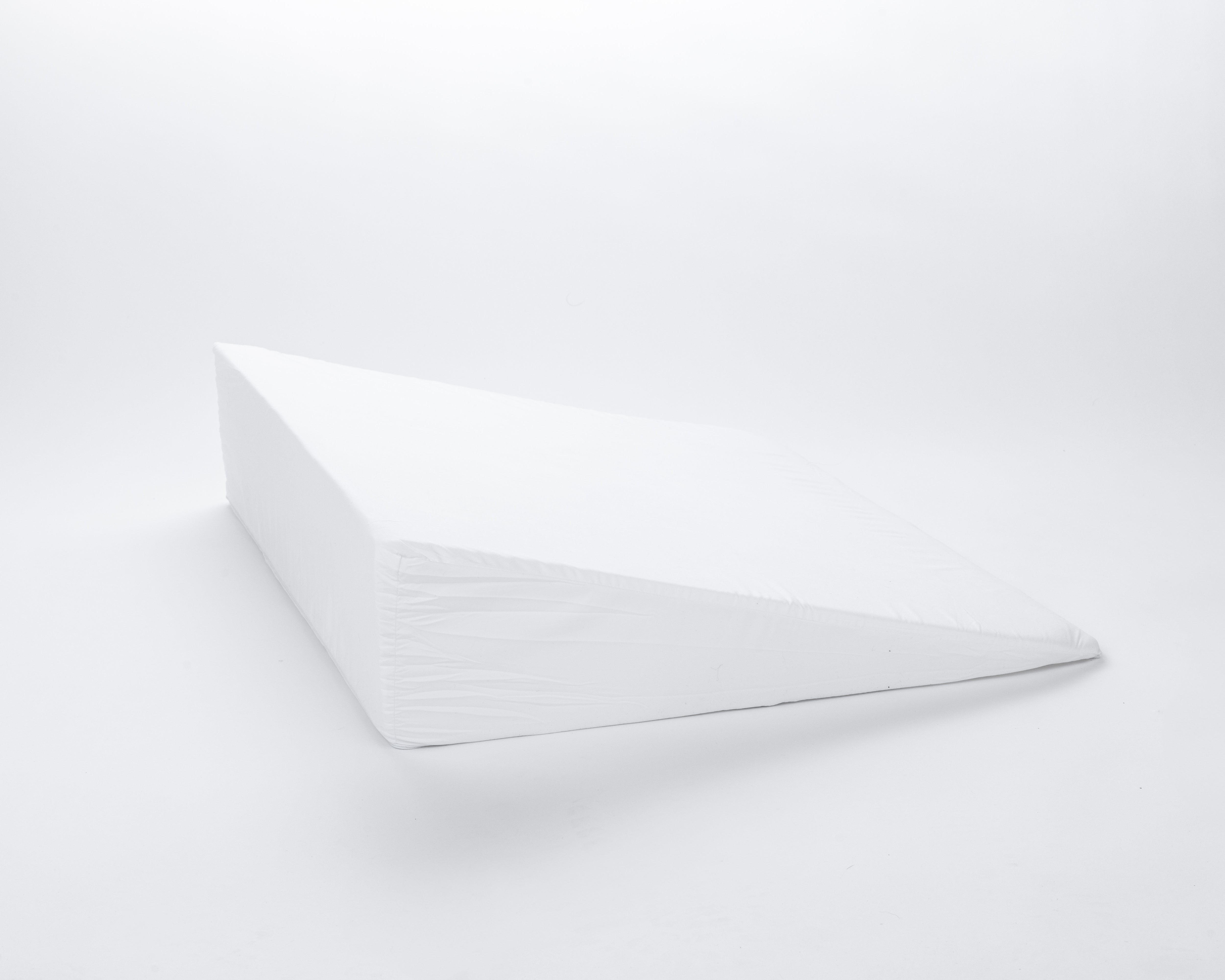Living with fibromyalgia means navigating a world where comfort can feel like a distant memory. The widespread pain, tender points, and persistent fatigue that characterize this condition can make even the simple act of resting a challenge. For many fibromyalgia warriors, nighttime becomes a battleground—a time when pain should subside but often intensifies instead.
This is where specialized support comes in, and specifically, where the right fibromyalgia pillow can make all the difference.

Understanding the Pain Points of Fibromyalgia
Fibromyalgia affects an estimated 4 million adults in the United States alone, and those living with it know it's far more than just "feeling achy." The condition creates a complex web of symptoms that can be difficult for others to understand:
The Sleep-Pain Cycle
Imagine trying to fall asleep while your body feels like it's been through an intense workout—muscles burning, joints aching—but you've done nothing more strenuous than survive another day. Then, after tossing and turning all night, you wake up feeling even worse than when you went to bed. This vicious cycle is the daily reality for many fibromyalgia sufferers:
-
Morning stiffness that can take hours to ease
-
Unrefreshing sleep that leaves you feeling as tired as when you went to bed
-
Heightened sensitivity where even the weight of a sheet can feel painful
-
Migratory pain that moves unpredictably throughout your body
The Tender Points Challenge
Fibromyalgia is characterized by specific tender points—areas that become intensely painful when pressure is applied. Many of these points are located in areas that naturally contact your pillow during sleep:
-
The base of the skull
-
The sides of the neck
-
The tops of the shoulders
-
Between the shoulder blades
When a standard pillow presses against these areas, what might be mild discomfort for others becomes searing pain for someone with fibromyalgia.
The Ripple Effect on Daily Functioning
The impact of fibromyalgia-disrupted sleep extends far beyond the bedroom, creating a ripple effect that touches every aspect of daily life:
-
Cognitive function becomes severely impaired. Many fibromyalgia patients report difficulty with concentration, short-term memory lapses, and an inability to focus that can make even simple tasks feel overwhelming. This "fibro fog" makes work responsibilities, household management, and even conversations challenging.
-
Energy reserves are constantly depleted. Without restorative sleep, the body never fully recharges. What might be a simple errand for most becomes an exhausting expedition for someone with fibromyalgia. This forced energy rationing leads to difficult choices about which activities are worth the inevitable pain that follows.
-
Pain sensitivity increases dramatically. Research shows that even a single night of poor sleep can lower pain thresholds by up to 24% in fibromyalgia patients. This means activities that might normally be manageable become excruciating after a rough night.
-
Emotional resilience wears thin. The combination of chronic pain and sleep deprivation depletes emotional resources, making stress management more difficult and often exacerbating anxiety and depression that frequently co-occur with fibromyalgia.
Even social relationships suffer, as canceling plans becomes necessary for self-preservation, leading to feelings of isolation that further impact mental health.
The Seasonal Challenge: How Weather Affects Fibromyalgia
Fibromyalgia symptoms rarely remain constant year-round. Many sufferers report distinct patterns of flare-ups that correspond with seasonal changes:
-
Winter challenges: Cold weather often causes muscle stiffness and intensified pain. The drop in barometric pressure that accompanies winter storms can trigger widespread flares that make finding a comfortable sleeping position nearly impossible. During these months, pillow support becomes even more critical as muscles tighten and tender points become more sensitive.
-
Summer difficulties: Heat and humidity can trigger different but equally challenging symptoms. Night sweats become more frequent, making moisture-wicking pillow covers essential. Many report that their temperature regulation issues worsen, requiring cooling pillow options during these months.
-
Seasonal transitions: The periods between seasons—especially fall to winter and winter to spring—often mark the most difficult times for fibromyalgia patients. These transitional periods with fluctuating temperatures and pressure systems create unpredictable symptom patterns that require adaptable sleep solutions.
This seasonal variability means that the ideal fibromyalgia pillow system needs to offer flexibility throughout the year. The ability to adjust firmness, cooling properties, and support areas becomes essential as symptoms evolve with the changing seasons.
A properly designed fibromyalgia pillow addresses these specific challenges:
-
Proper spinal alignment - Reducing pressure on tender points and painful areas
-
Temperature regulation - Accommodating sensitivity to temperature fluctuations
-
Adaptable support - Supporting position changes throughout the night
-
Pressure relief - Minimizing compression on sensitive areas
The right pillow isn't just about comfort—it's a therapeutic tool that can help break the pain-sleep cycle and significantly impact your quality of life.
Key Features to Look for in a Fibromyalgia Pillow
When searching for the perfect fibromyalgia pillow, several features stand out as particularly beneficial:
Design Considerations
Beyond materials, design elements play a crucial role:
-
Contoured shapes - Support the natural curve of your neck and spine
-
Adjustability - Allows for customization as your pain patterns change
-
Whole body support - Relieves pressure points across multiple areas of the body
-
Removable covers - Makes for effortless cleaning
The Sleep Again Pillow System: A Comprehensive Approach
Among the specialized options available for fibromyalgia sufferers, the Sleep Again Pillow System offers a unique approach worth considering. Rather than a one-size-fits-all solution, this system takes a comprehensive view of nighttime comfort.
Every Sleep Again Pillow System includes:
-
Two Contoured Side Pillows to cradle back and hips
-
Upper Body Wedge to create optimal upper body incline
-
Leg Support Wedge to gently elevate legs
-
Head Pillow to provide head support and neck mobility
-
Removable, washable slipcovers for every piece
What makes this system particularly beneficial for fibromyalgia sufferers is its comprehensive approach to whole-body alignment. Unlike standard pillows that focus only on head and neck support, the Sleep Again Pillow System addresses alignment from head to toe. This integrated approach recognizes that fibromyalgia pain doesn't isolate to one area—it's interconnected throughout the body.
By properly supporting the head, neck, shoulders, back, hips, and legs simultaneously, the system helps distribute weight evenly and reduce pressure on tender points. This whole-body alignment approach can significantly improve sleep quality by minimizing nighttime discomfort and reducing the need for constant repositioning. For fibromyalgia patients, this comprehensive support means potentially fewer pain-triggered awakenings and more of the deep, restorative sleep that's essential for managing symptoms and improving daytime functioning.
Beyond the Pillow: Creating a Sleep Environment for Fibromyalgia
While finding the right fibromyalgia pillow is important, creating a comprehensive sleep environment can amplify its benefits:
• Supportive mattress - Works with your pillow to maintain proper alignment
• Temperature control - Cooling mattress toppers or breathable bedding
• Blackout curtains - Minimize light disruption
• Sound machines - Provide gentle background noise to improve sleep quality
• Weighted blankets - Offer deep pressure stimulation that many find soothing
Listening to Your Body: When to Change Your Approach
Fibromyalgia symptoms can change over time. Pay attention to:
• Morning pain patterns
• Areas of stiffness upon waking
• Changes in where your tender points seem most active
• New sleep positions that feel more comfortable
Being responsive to these changes may mean adjusting your pillow system as your body's stiffness and pain subsides.
Frequently Asked Questions About Fibromyalgia Pillows
How is a fibromyalgia pillow different from a regular pillow?
Fibromyalgia pillows are specifically designed to address issues faced by people with chronic pain conditions. They typically offer superior pressure relief, enhanced support for proper alignment, and materials chosen to minimize irritation of sensitive pressure points.
Can a specialty pillow really make a difference with fibromyalgia pain?
Many fibromyalgia patients report significant improvement in sleep quality and morning pain levels after finding the right pillow. While a pillow alone won't eliminate all fibromyalgia symptoms, it can be an important part of a comprehensive pain management approach.
How long does it take to adjust to a new fibromyalgia pillow?
Most people need 1-2 weeks to fully adjust to a new pillow. Your body needs time to adapt to the different support patterns. During this adjustment period, you might experience some temporary discomfort as your muscles adapt to proper alignment.
How often should I replace my fibromyalgia pillow?
Most specialty pillows should be replaced every 18-24 months, though this varies by material and construction quality. The Sleep Again Pillow System is designed for greater durability and typically has a significantly longer lifespan than ordinary pillows.
Is the Sleep Again Pillow System worth the investment for fibromyalgia?
The Sleep Again Pillow System offers adaptability that many fibromyalgia patients find beneficial, allowing them to customize support as their symptoms change. Consider it an investment in your sleep quality and overall well-being. Additionally, the Sleep Again Pillow System is HSA/FSA eligible, making it more accessible for those with health spending accounts.
Should I talk to my doctor before choosing a fibromyalgia pillow?
While you don't need a prescription for a specialized pillow, discussing your sleep challenges with your healthcare provider can be valuable. They might have insights about your specific pain patterns or positioning needs that could help guide your selection.
Conclusion: The Journey to Better Rest
Finding the right fibromyalgia pillow is often a journey rather than a destination. What works beautifully for one person might not be ideal for another, and what brings relief during one phase of your condition might need adjustment as your symptoms evolve.
The key is persistence and self-compassion. Listen to your body, be willing to experiment, and remember that investing in your comfort is never frivolous—it's an essential part of managing your condition and improving your quality of life.
Whether you choose the Sleep Again Pillow System or another specialized option, the right fibromyalgia pillow can be a powerful ally in your quest for restorative sleep and reduced pain. In the challenging journey of living with fibromyalgia, better rest isn't just a luxury—it's a necessity.




